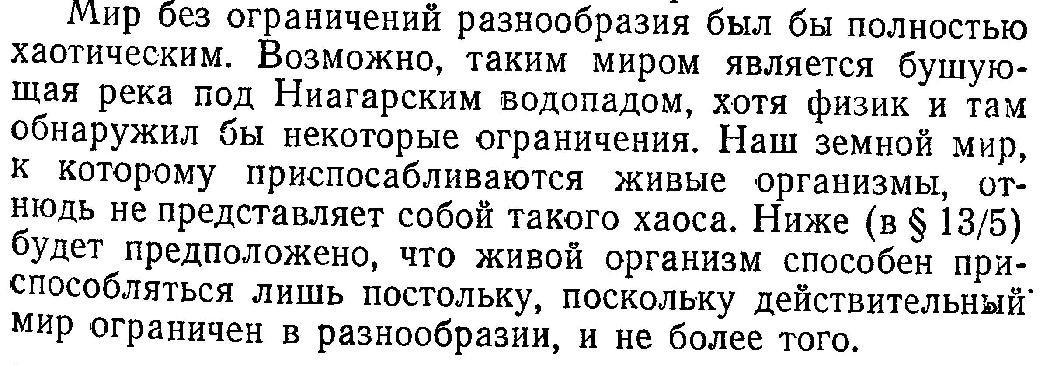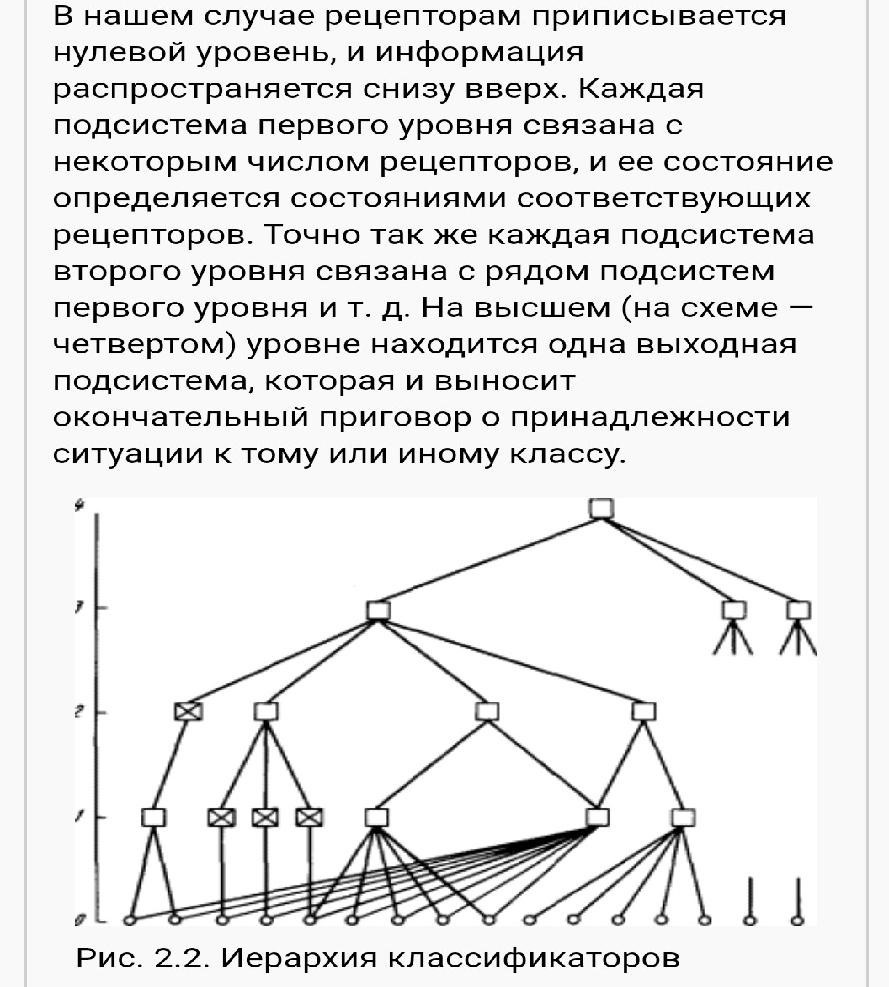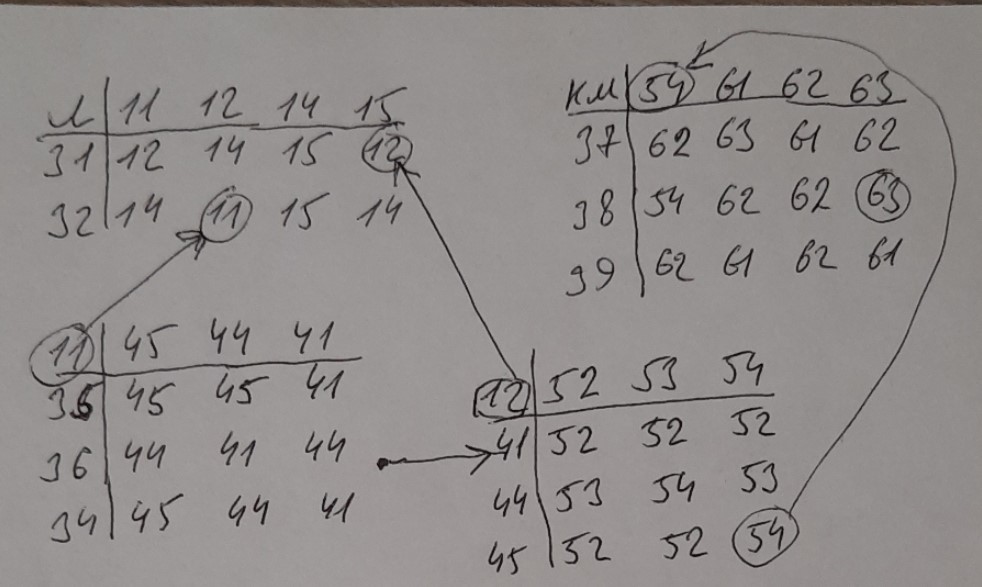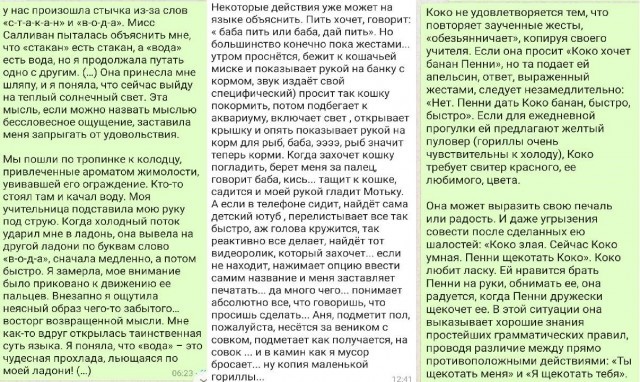A language is a mechanism that allows ever-increasing complexity to be constructed from individual transformations. The article is a continuation of the ideas that were once expressed by cybernetics V. Turchin and R. Ashby.
First, about the more fundamental. About a thing or a phenomenon as a limitation of diversity [1, c 187]

This limitation (Fig. - the console output of the program) is such that it is clearly greater during state transitions with statements taken into account than without them. In the example: the set of states {22, 12, 21, 11}, the set of operators {55, 54, 45, 44}. From state 22, states 12, 22, 11, 21 follow. From state 12, states 22, 11, 12. From state 21, states 22, 21 follow. From state 11, states 11, 21, 12. If the operators are known, the uncertainty in only one place. From state 11 with statement 44, both state 21 and state 12 follow.

, , : NaN . : k=13/(13+1). , k=4/(4+3+2+3). 1, .
? , , . -log(4/(4+4+4+4)). NaN -log(4/(4+3+2+3)), -log(13/(13+1)). , , , -log(8/64). , , , : -log(1/8), -log(1/4), -log(1/3), -log(13/14).
, , -log(1/8) -log(13/14), .
,
{55, 54, 45, 44, 22, 12, 21, 11}.
. . . , : {54, 44, 22, 21}, {55, 45, 11}. : {55, 54, 45, 44}, {22, 12, 21, 11}.
– .
. , . — , , , , .
, . — , . 100% , .
, . . , . , , . . , , ? [2]. , . . .
, , - , ? : Q-learning. , -. - . , [3]. . . , , . . . . , , , . . , — , , ( ).
, -, {54, 61, 62, 63}, {37, 38, 39}.

. 63, Q-learning . . . 61, . 62 54.
54 ( ) , , , : 62=39(54) 61=37(62) 63=37(61)
? . . , . , . . .
:
. , .
( ) . ( ) .
? . : . , . . . . [4]:

? ( ) , ( ): . . .
- . , : , . — .
. . [4]
, . : (, ) , . . , — — , , , . . .
. . : {15, 32, 53, 41, 36, 44}, {14, 32, 36, 41}, {15, 31, 53, 34, 44}… ? . , . . , . , . … — , , .
, {41, 44, 45} {11, 12, 14, 15}. . , . , {11, 12, 14, 15}, {41, 44, 45}. , . , {31, 32}, {11, 12, 14. 15}.
. 11 — , : 45=35(45) 45=35(44) 41=35(41) 44=36(45) 41=36(44) 44=36(41) 45=34(45) 44=34(44) 41=34(41). 11 {45, 44, 41}. 12 32: 45|44|41=32(12). : , ( ), . , , , . 11 , .
, : -log(1/22) - 0. , , . , , .
. 11 — . — . — . .
, :
, . .
, Q-learning, . .
, – . , , .
, : , , , , . . . , . . . : , , , — , .

? , . 45|44|41=32(12), , 11 , : 11=g11(45|44|41). : 45, 11; 44, 11; 41, 11. : 12=g12(52|53|54). , , . , . 11 12, , . , , .
, . , : 15 , 41 , 52 .
:
15 11, : 12=31(15) 11=32(12)
, 12 () 54 (): 44=36(41) 44=34(44) 45=35(44) 45=35(45); 52 54: 52=41(52) 53=44(52) 54=44(53) 54=45(54).
11 12 ( ): 12=31(11)
12 () , 54, . 54 63 ().
. .
. [5]. — . — [6]. . - ( / ). ? , , . — , . , . , .

, , : , , , .
. – .: , 1968
. URL
. . . URL
.. . . URL
. URL
. . : ? URL
P.S. bvv2311@mail.ru